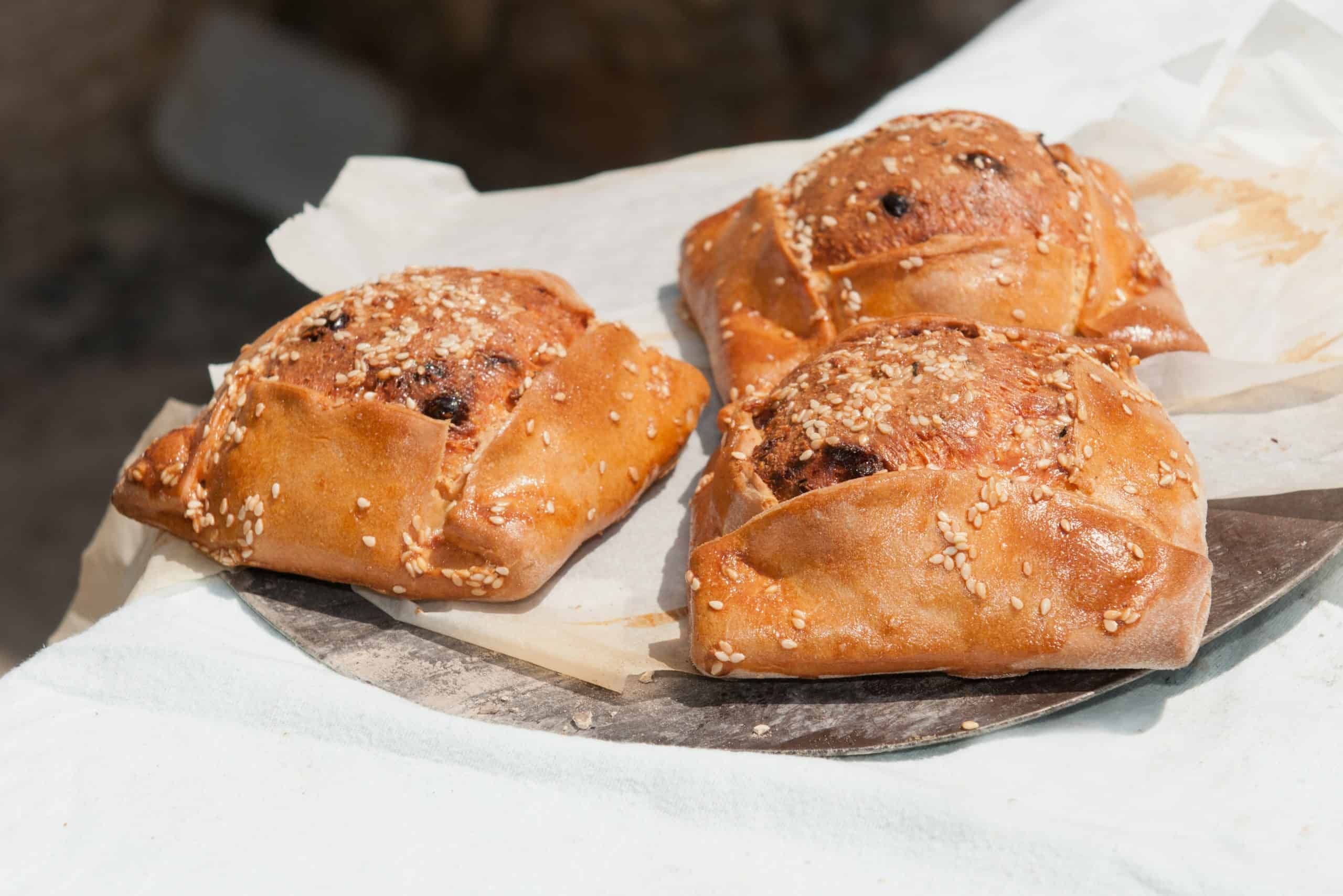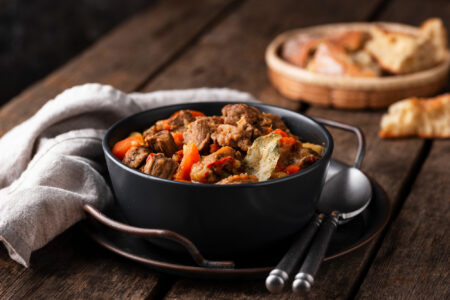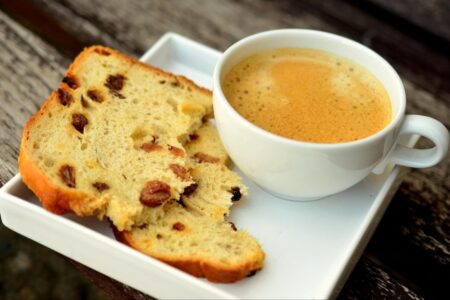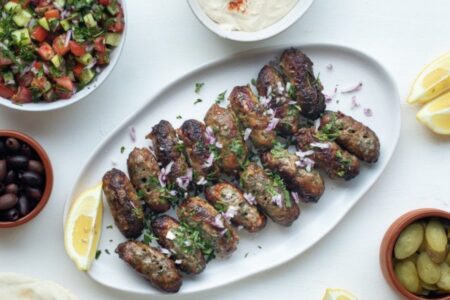Flaounes are one of the most recognizable and revered dishes of Cypriot cuisine, an essential part of Easter on the island. These fragrant cheese-filled pastries are more than just a festive treat, but a symbol of spring renewal, prosperity, and family unity. They are prepared only once a year—on the eve of Easter—in strict adherence to traditions passed down from generation to generation.
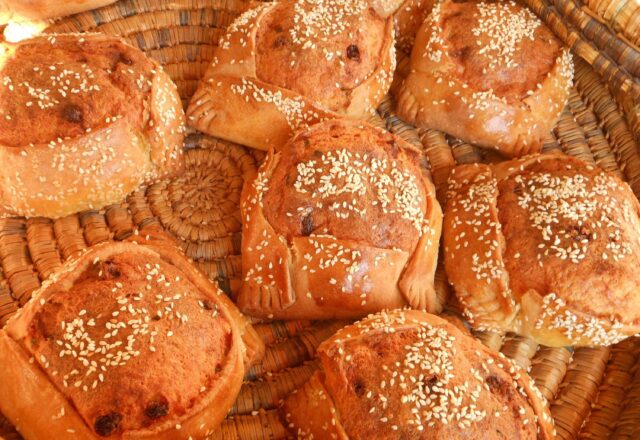
Contents
History and origin
The history of flaounes goes back centuries. References to similar products can be found in Byzantine culinary texts, which described cheese pies baked at Easter to mark the end of Lent. In Cyprus, the recipe acquired its unique characteristics thanks to the use of local ingredients—a special cheese, aromatic herbs, and sesame seeds.
The name flaouna comes from the ancient Greek word φλαούνα, meaning “filled pie.” It is believed that these pies were originally baked in churches and distributed to parishioners after the Easter service as a sign of joy and spiritual cleansing. Over time, they became an integral part of home Easter celebrations.
Symbolism of the dish
Flaounes have a deep symbolic meaning. They are baked on the Saturday before Easter (Holy Saturday), when Lent ends and believers prepare to celebrate the Resurrection of Christ. The cheese and egg filling symbolizes abundance and rebirth, and the golden color of the dough represents light conquering darkness.
In Cypriot culture, flaounes symbolize domestic warmth and family unity. In the old days, village women would gather to prepare them collectively: some kneaded the dough, others grated the cheese, and still others decorated each baked item with designs. This process was accompanied by songs, jokes, and prayers—a unique ritual of communal unity.
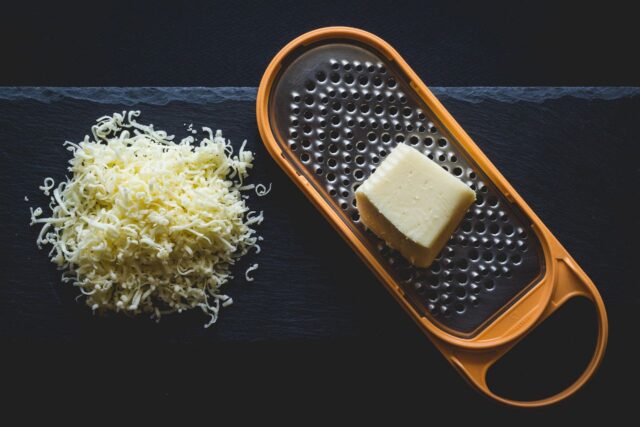
Main ingredients
The main secret of flaounes is the filling. The classic recipe uses a special Cypriot cheese— flaounes tyri (flaounes cheese) or halloumi—combined with anari (soft sheep’s cheese).
Key ingredients include:
- wheat flour;
- eggs;
- yeast;
- milk or water;
- butter or olive oil;
- a mixture of cheeses (halloumi, anari, sometimes graviera);
- fresh or dried mint leaves;
- raisins (to taste);
- sesame seeds for sprinkling.
A special feature of the filling is the addition of finely chopped mint, which gives the dish a refreshing aroma, as well as mahleba (makhlepa) – a spice made from cherry pits, which gives a characteristic sweet and spicy note.

Cooking process
Preparing flaounes is an art form that requires time and attention.
- Preparing the cheese. The cheese is grated in advance, usually a day before cooking, so it dries out slightly and becomes crumbly. Then it is mixed with eggs, mint, mahleb, and raisins. The resulting mixture should be dense and flavorful.
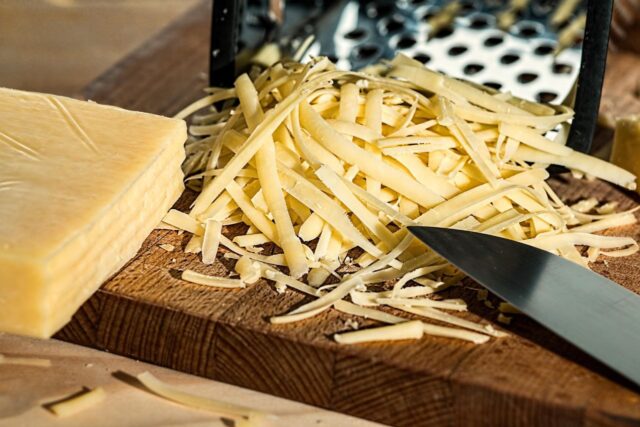
- Making the dough. The dough is made using flour, yeast, a little sugar, and butter. In the Cypriot tradition, turmeric or saffron is often added, which gives the dough a golden hue. After kneading, the dough is left to rise for about an hour.
- Forming the pies. The finished dough is rolled into round or square flatbreads, the filling is placed in the center, and then the corners are folded in to reveal the filling. Before baking, the edges are decorated with patterns using pinches or a fork.
- Sprinkled with sesame seeds. The bottom of each patty is dipped in wet sesame seeds—a characteristic element of the flaunesse’s appearance.
- Place the pastries on a baking sheet and bake in a preheated oven at 180–200°C for about 30–40 minutes until golden brown.
The result is a tender, crumbly dough with a rich, flavorful filling that is simultaneously salty, slightly sweet, and spicy.

Varieties of flaunes
There are many regional variations of this dish in Cyprus.
- In the mountain villages of Troodos, they prefer a version without raisins, but with lots of mint.
- In Nicosia, you can find miniature flaounes, which are served as a snack with coffee.
- In the east of Cyprus, especially in the Famagusta region, flaounes with anari are popular – softer and more delicate, almost dessert-like.
- In the central and southern parts of the island (Limassol, Larnaca), flaounes are most often prepared with raisins, which gives them a slight sweetness.

The shapes also vary: some are round, others triangular or rectangular. However, the essence remains the same: flaounes are always open at the top, revealing a golden cheese filling.
Traditions and rituals associated with flaunes
In Cyprus, baking flaounes is an essential part of Easter preparations. They are usually made on Good Friday or Saturday, when the whole family gathers at home. Flaounes are baked in large quantities, as they are not only served at the holiday table but also given as gifts to neighbors, godparents, relatives, and friends.
On the night between Saturday and Sunday, after the Easter service, when the strict fast ends, flaounes become the first dish with which believers break their fast. They are served with red dyed eggs and sweet Commandaria wine.
Taste and presentation
Flaounes have a unique flavor—the combination of salty cheese, fresh mint, and the subtle sweetness of raisins makes them unlike any other dish. They are eaten both hot and cold.
Flaounes are served for breakfast, with tea or coffee, and as a stand-alone dish at Easter. In villages, they are often served with yogurt or fresh fruit.
Modern versions and popularity
In recent years, flaounes have become popular not only during Easter but throughout the year—they can be found in bakeries and supermarkets across Cyprus. Modern pastry chefs are experimenting with fillings, adding pistachios, honey, and even chocolate, but the traditional version remains the undisputed winner.
Some cafes offer mini flaounes —small snack pastries served with coffee or as part of breakfast. But true Cypriots believe that the “true” flaounes are those made at home, according to a family recipe, and always eaten during Easter.
Flaounes is more than just a treat; it’s a part of Cypriot identity. This pie unites the island’s culinary, religious, and social traditions. It symbolizes the transition from fasting to celebration, from modesty to joy, from expectation to rebirth.
Every family has its own special recipe, and children have been involved in the preparation since childhood—rolling the dough, decorating the pies, and waiting for the house to fill with the aroma of freshly baked goods.


